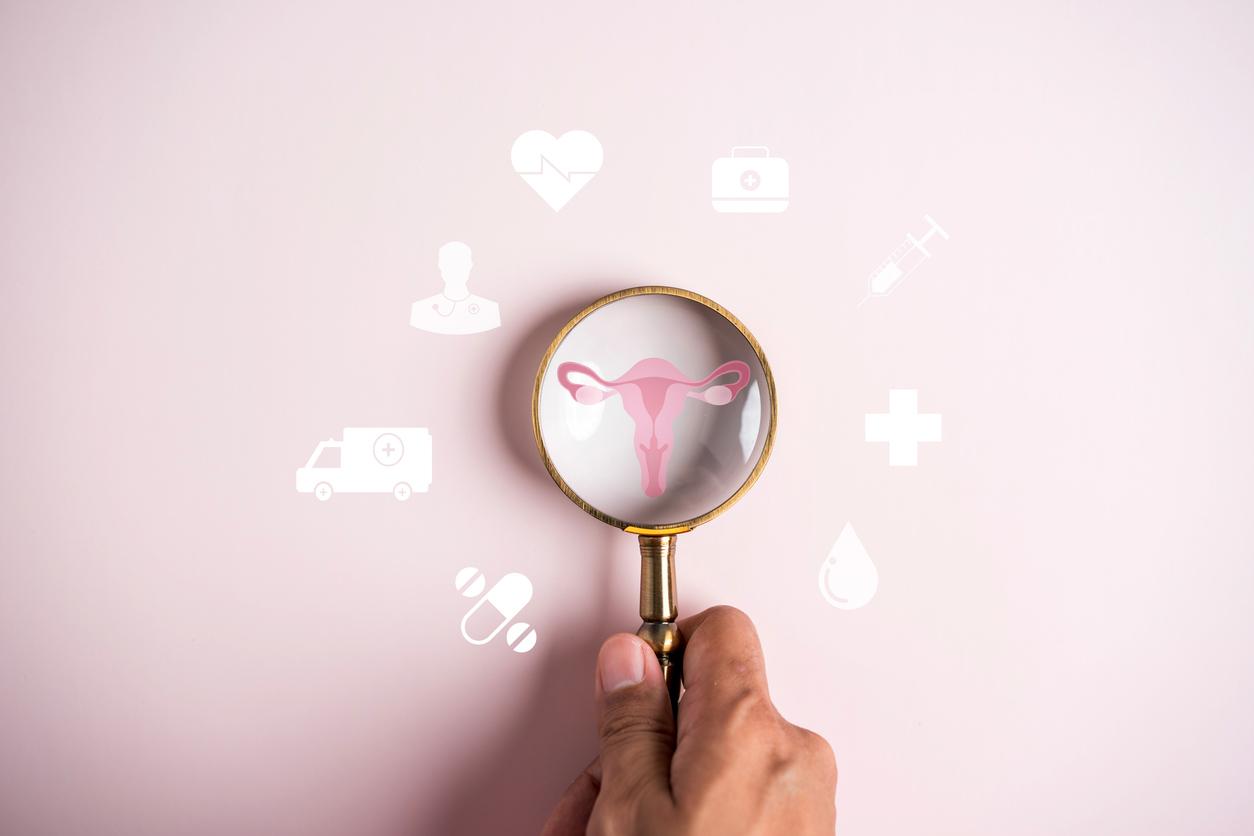Urinary tract infections affect more than 50% of women, in some cases recurrently.

- For the first time, scientists have identified the presence of a toxin produced by E. coli bacteria in the urine of patients, which would have the effect of damaging the DNA of bladder cells.
The E. coli bacterium is very often involved in the development of urinary tract infections. For the first time, scientists have identified the presence of a toxin produced by these bacteria in the urine of patients, which would have the effect of damaging the DNA of bladder cells. These results open the way to new reflections to refine the management of patients prone to recurrent urinary tract infections. The study was published in the journal Plos Pathogens on February 25, 2021.
One in two women affected by urinary tract infections
Every year, 150 million people are affected by urinary tract infections. These are more common in women: more than one in two will experience one during their lifetime. These infections therefore constitute a major public health problem, especially since taking antibiotic treatment is often necessary, favoring the emergence of antibiotic resistance.
Urinary tract infections occur when the urogenital region is contaminated with bacteria from the gut microbiota. Escherichia coli (E. coli) bacteria are thus implicated in 80% of these infections and have been the subject of research carried out for several years by Eric Oswald and his team at the Digestive Health Research Institute (Inserm/INRAE /University of Toulouse III Paul Sabatier/National Veterinary School of Toulouse) as part of a collaboration with several research teams in Toulouse.
Scientists are particularly interested in the virulence factors of these bacteria, ie their ability to infect or damage the tissues of the host. They had already shown that under certain conditions, E. coli present in the intestinal tract can produce a toxin, colibactin, which is associated with an increased risk of colorectal cancer. In this new study, the team analyzed urine samples from 223 adults with a urinary tract infection linked to the presence of E. coli and treatment at the Toulouse University Hospital emergency room.
DNA damage
They thus identified a biomarker indicating the presence of colibactin produced by E. coli bacteria in at least 25% of the urine collected. This is the first time that this toxin has been identified in the context of a urinary tract infection and that researchers have provided direct proof of its production during an infection in humans.
To try to better understand and characterize the effects of colibactin in the context of urinary tract infections, the researchers turned to animal models. They show that in mice, the toxin is produced during a urinary infection by E. coli and that it induces DNA damage in the cells of the bladder mucosa.
“These experiments allow us to get out of a very theoretical framework and show that during a urinary tract infection, colibactin can have a genotoxic effect. DNA damage is not completely repaired and genetic mutations can occur. “While the impact of these mutations can only be speculated at this time, it is likely that they are associated with an increased risk of bladder cancer.”says Eric Oswald.
Greater monitoring of recurrent urinary tract infections
If these results relating to animal models cannot be applied to humans as they stand, the researcher and his team believe that they could nevertheless encourage greater and more targeted monitoring of people prone to recurrent urinary tract infections.
Furthermore, better understanding the links between intestinal microbiota and recurrent urinary tract infections is considered a priority. “One could imagine setting up more specific management of patients regularly suffering from urinary tract infections, with a systematic search for colibactin markers in their urine. And in a more proactive way, proposing therapeutic approaches aimed at modulating the composition their intestinal microbiota, which represents the main reservoir of E. coli bacteria implicated in these urinary tract infections”, concludes Eric Oswald.

.
















